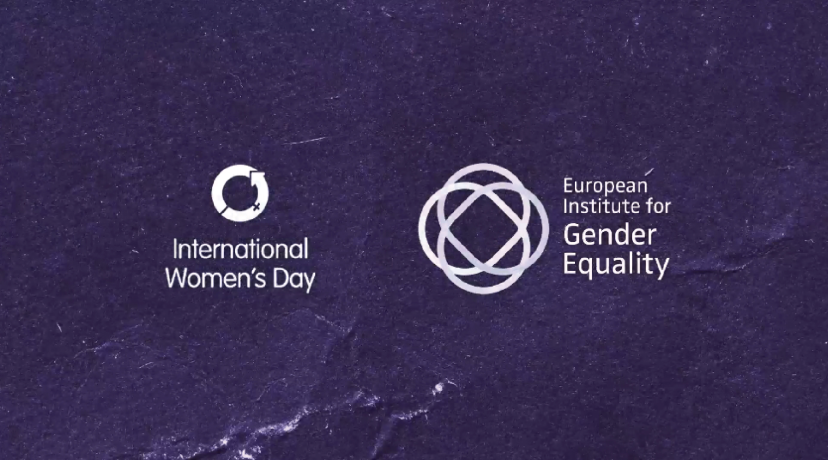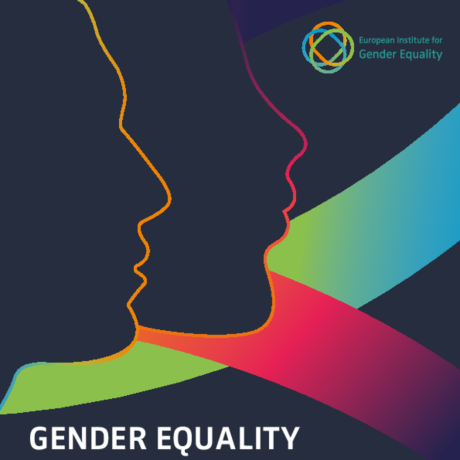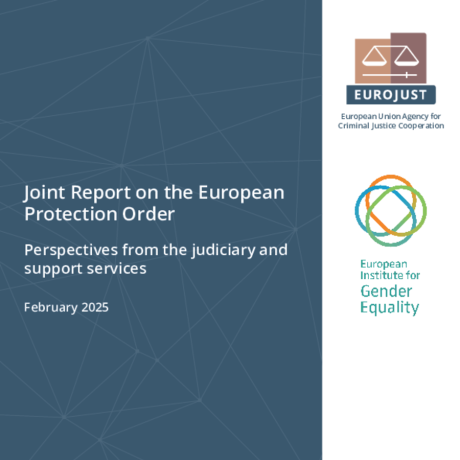
The Gender Equality Index is a comprehensive measure for monitoring progress in gender equality across the EU over time. It measures gender gaps and takes into account the context and different levels of achievement of Member States across a range of relevant policy areas. It shows the different outcomes of EU and national policies for women and men and contributes to the development and implementation of evidence-based policymaking in the area of gender equality. The Gender Equality Index 2017 provides scores for 2005, 2010, 2012 and 2015.
This report gives a specific focus to describing the methodology underpinning the Gender Equality Index. It presents the different steps taken in the computation of the Gender Equality Index 2017 as well as the changes made to the methodological and measurement framework in the process of updating the Index.
- Section 1 provides a brief overview of the main steps in building the Gender Equality Index.
- Section 2 presents in greater depth the steps taken and the methodological considerations and choices that were made during the development and calculation of the core Gender Equality Index.
- The satellite domains and their links to the Gender Equality Index are presented in Section 3.
- An extensive list of annexes provides important data and information in relation to the calculation of the Gender Equality Index based on data of 2005, 2010, 2012 and 2015.
Further information
Explore the Gender Equality Index 2017 online
Press release: Gender Equality Index 2017 - Progress at a snail's pace




